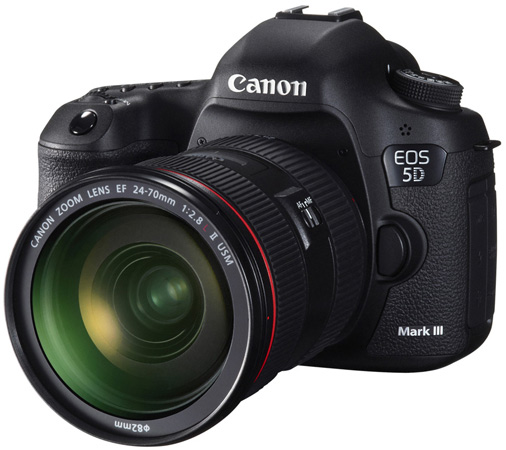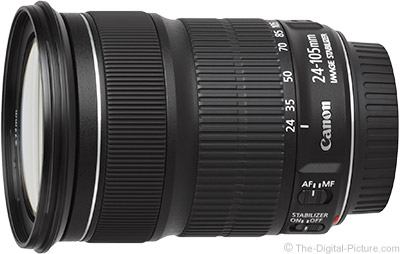

The process took under 30 minutes for a copy through Hedge (paid version) – about the same as it took for a Finder copy. To give you an idea, I copied a 62GB folder from a USB2.0 thumb drive to an external media drive connected to my Mac via eSATA (through an internal card). The premium (paid) version uses a software component that they call Fast Lane to speed up the verification process so that it takes roughly the same amount of time as a Finder copy, which has no verification. The free version is useful, but copy and verify is slower than the paid version. Hedge comes in a free and a paid version. This is the biggest plus for an application like Hedge – copy AND verification. In other words, the software doesn’t actually check to make sure the copy is exact without errors. When you do a Finder copy from one drive to the next there is no checksum verification. However, you don’t want to edit directly from these drives.
Scopebox with canon mark 3 archive#
Hopefully your company’s SOP is to archive this media from the field in addition to any that comes out of the edit. The first step in any editing is to get the media from the field drives onto the edit system drives. So I’ve come to rely on several software products heavily in these types of productions. You can do that with a high-end camera, but not these prosumer products. For example, if a higher frame rate is recorded with the intent to play it back in slow motion.

Finally, these cameras have no way to deal with off-speed recordings.
Scopebox with canon mark 3 pro#
Final Cut Pro X starts all of these clips at 00:00:00:00, while Premiere Pro and Resolve read something that is interpreted as timecode, which ascends sequentially on successive clips. There is a signal interpreted as timecode by some tools, but not by others.
Scopebox with canon mark 3 mp4#
mp4 files from within the clutter of media card folders and take these files straight into an NLE, you will get varying results. In some cases, there is no proper timebase within the files, so time itself is “rubbery” – meaning, a frame of time varies slightly in true duration from one frame to the next. The reason is that these systems record long-GOP media without valid timecode. It is not fine when coming from a Canon 5D, DJI, iPhone, Sony A7S, etc. Native media is fine when you are talking about ARRI ALEXA, Canon C300 or even RED files. As an editor you are most likely to receive a drive with organized copies of the camera media cards, but still with the media in its native form. Granted a DIT could do all of this, but in my experience, the person being called a DIT is generally just someone who copies/backs-up the camera cards onto hard drives to bring back from the shoot. The norm these days is for the production team to use a whole potpourri of professional and prosumer cameras, so it’s really up to the editor to straighten this out before the edit begins. Although most editing application manufacturers like to tout how you can just go from camera to edit with native media, most editors know that’s a pretty frustrating way to work.


 0 kommentar(er)
0 kommentar(er)
